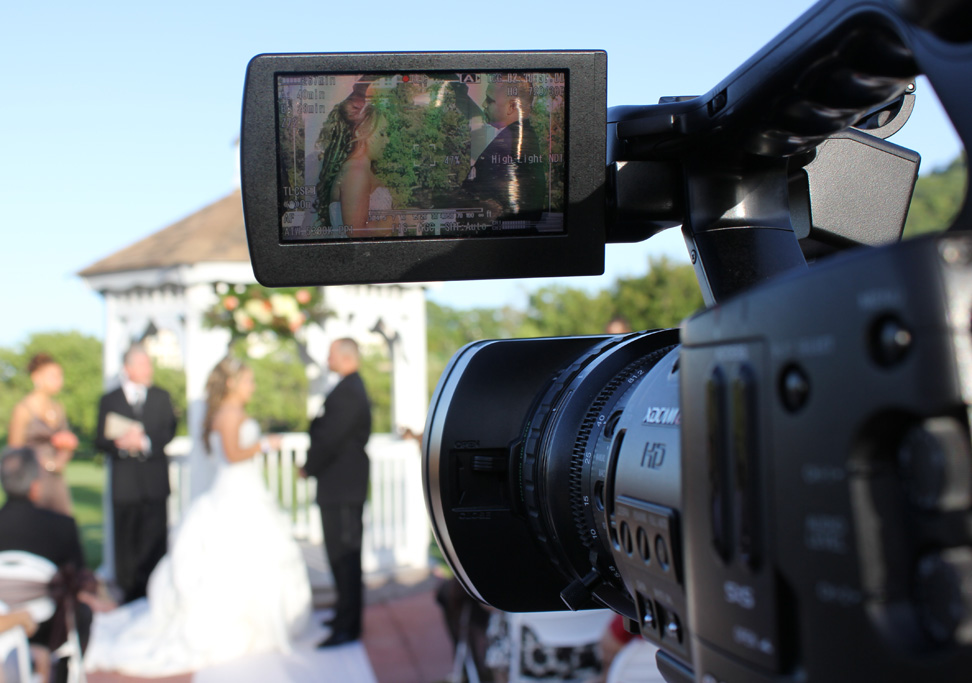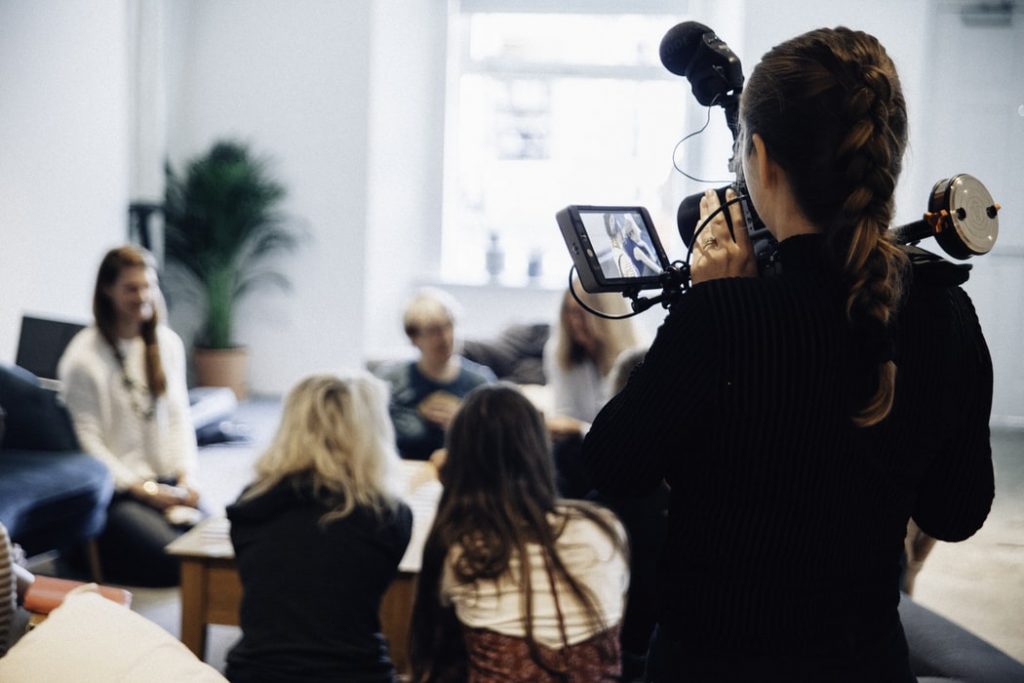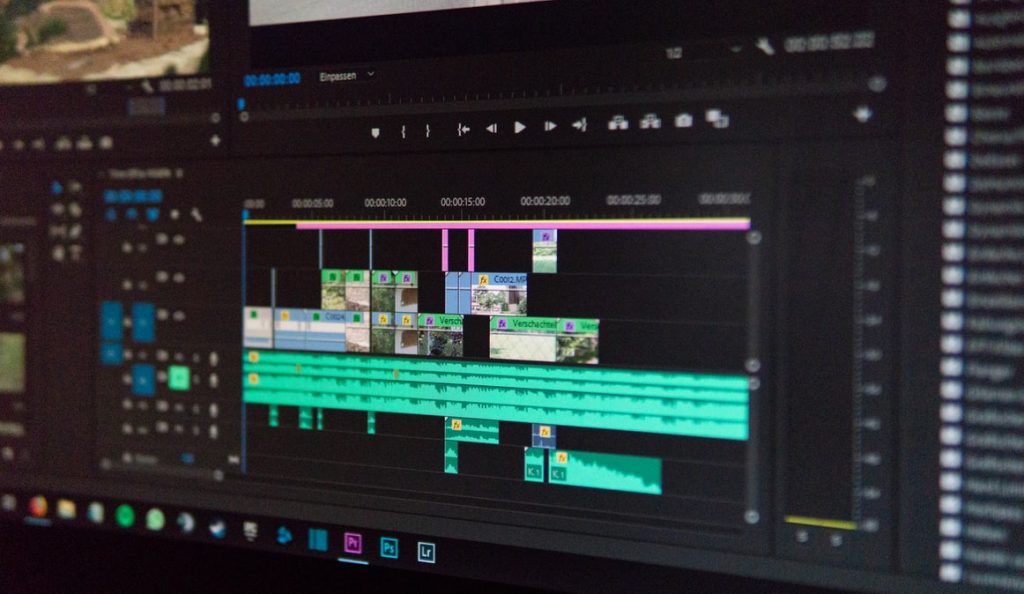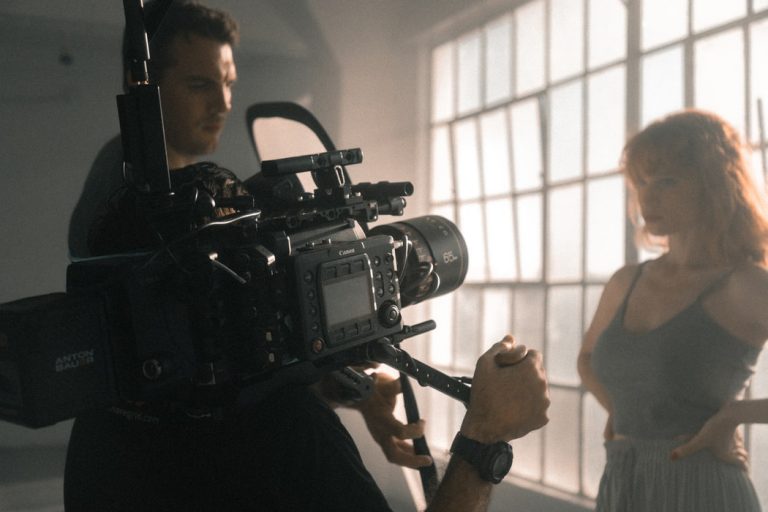We all watch videos. That’s just embedded into the structure of the internet. It’s much easier to watch a five-minute video instead of reading an entire article that might even take you three minutes. That’s because that’s a better medium to transfer information, and it’s a lot of fun.
There are effects, flashing images, as well as zoomed shots that make it interesting and watchable until the end. A lot of people don’t know that the process of making a video is quite complicated. There are three stages, and every finished file must go through them.
That includes pre-production, production, and post-production. Think of the things you watch online as mini-movies. We’re going to look at all of the processes and see what happens in each one.
Pre-production

This is the start before the start. In simple terms, this is when you think about the topic of the video. Let’s take an example. When it comes to a wedding, the topic is already thought out, it’s going to be about the best day of your life. The production crew that’s filming needs to take into consideration the lighting.
This is extremely important since you want to look your best. Additionally, they need to check the area if there are any places where extra shots need to be taken. A lot of people think that wedding filming is quite easy. The opposite is true. The crew needs to have every beautiful moment on camera so you can revisit those shots again and again.
This is the longest phase. As soon as you cover all of the grounds, the only thing left is execution. You can go to this website for more info. Everything you watch has a purpose behind it, and that’s why you need to think about your objectives.
What is the goal of it? The goal needs to be visual from the beginning all the way to the end. That’s why most people set goals that are relevant, achievable, measurable, and specific. For this to be successful, you need to have a general idea of your audience.
This means that location, gender, as well as their age will be important. However, that’s not all there is to it. There are also their influences, interests, and problems. You can use polls to discover this, and going the extra mile is always appreciated. This will help the decision-making process during production much easier.
Production

Since you’ve covered everything in the pre-production phase, this is going to be much easier. You need to have the needed equipment, and you need to have a schedule. Without a schedule, there won’t be a way to know how much this entire phase will last.
Try to be as close to the mapped-out version as possible. If you’re an individual making a video, this process will be run by you. You will be the start of the mini-movie, and you’ll also be the director. It might feel weird at first, but you’ll get used to it.
If you’re a smaller company, this can be a nice team-building event for everyone. One of you will be the director since they will ensure how the whole process will go. Try changing roles and put someone that isn’t from top management to try and lead.
This will give you more insight into how everyone could have fun. Next on the list are lights. If you’ve never filmed yourself, you’ve probably never thought about lighting. That’s the most important thing. You need to be facing away from the sun and let natural light be caught reflecting from the thing you’re trying to tape.
The best hours to do it are after sunrise and before sunset. If you catch that timeframe, set up the cameras and click the record button. Invest some money into a tripod since that will be much better than holding it.
Modern cameras have stabilization built into them, but that drains the battery, and it will if something slips, it will be noticeable. If the camera needs to move, then a stabilizer is an essential piece of equipment.
Editing

When you get to the editing phase, it’s almost finished. This is the beginning of the post-production phase. At this time, you will select the best footage. It’s a bit time-consuming to watch everything you’ve filmed and then classify it into different categories.
Sometimes, you’re going to have to switch up scenes. Something that you’ve filmed for the intro might look better in the outro. As soon as you have the best scenes, you need to add them to software built for editing.
To make everything smoother, cut out all of the parts where breathing is noticeable. Retaining viewers’ attention is crucial, and those moments add extra time that can be cut. Add all of the shots next to each other and watch the tape once. If you’ve been on YouTube long enough, you’ll instantly know what kind of effects need to be added.
This can face zooms and cuts to make a point. A few transitions are always helpful, as well as some fade-ins and fade-outs. If needed, you can also record a voiceover. That needs direction too, and it’s better to read it off a script. That way, everything you say will be the same or you can just use an AI text to speech tool to convert your script into a voiceover as it is.
Only the intonation will change. Insert that into the timeline and check whether you need to put some animation, graphics, or effects. If you’re talking about numbers, animated graphs are essential. That’s one of the best ways to visually entertain your audience while speaking about the details.
Music is one of the final elements that you can insert to raise the bar even higher. Be careful when you adjust the decibels because it needs to be subtle. A bit of background music will make your points stand out. This sets the mood and evokes different emotions.
Try to focus on one theme, and don’t switch to different genres in a short timeframe. That can be distracting. In this stage, be wary of copyright issues and only insert music that’s stock available. When everything is said and done, sit back and watch the finished product. If it makes you happy, then publish it immediately. A video is like a work of art. There’s always more to be added.

